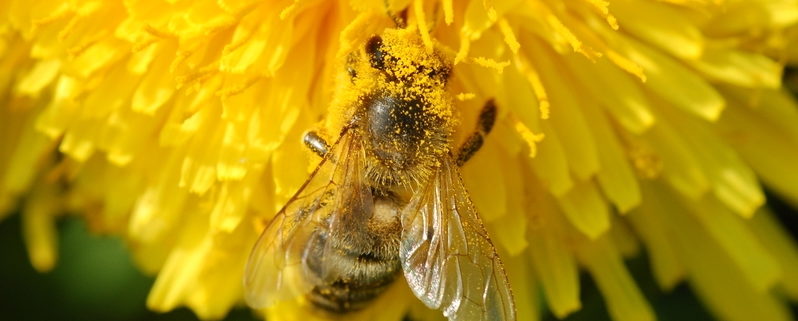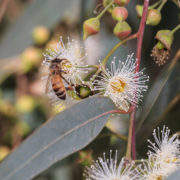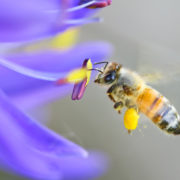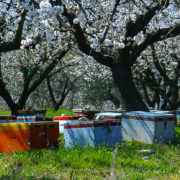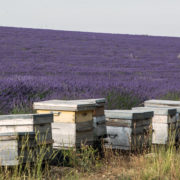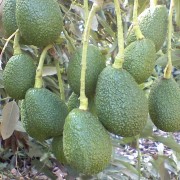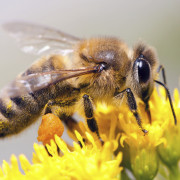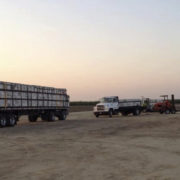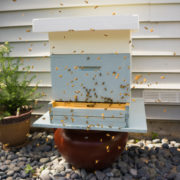What Is Pollination?
As beekeepers, we know that honeybees are instrumental in pollinating the majority of the foods that we humans need and value, such as our many fruits, vegetables, and legumes. In fact, according to Google, bees and other pollinators affect 35 percent of global agricultural land, supporting the production of 87 of the leading food crops worldwide! Wikipedia’s list of crop plants pollinated by bees is extensively long.
Honeybees also pollinate many other types of trees and plants throughout the natural world. In fact, honeybees are one of the most industrious pollinators on the planet, and critical to the success of much of human agriculture.
But what exactly is pollination, and what is actually going on when honeybees pollinate flowers?
When we humans admire the beauty of flowers, we rarely stop to consider that flowers are the sexual organs of plants. There are male flowers, and there are female flowers. The goal of nature is to move the genetic material from the male to the female. Pollination is the transfer of male microspores from a male flower to the ovule of a female flower. This is the sexual reproduction of a plant, ultimately resulting in the creation of a seed.
A male flower features what is called a stamen. This is the part of the male flower that produces pollen. A female flower features what is called the pistil. The tip of the pistil, called the stigma, receives the pollen and transfers the pollen down the pistil to the flower’s ovule, fertilizing it and enabling the formation of a fruit or some other carrier of the plant’s seed, such as a pod, a vegetable, or just a seed itself.
The honeybee’s role in all of this is to transfer the pollen from male flower to female flower. Some plants and trees have both male and female flowers on the same tree (monoecious) or male flowers on one tree and female flowers on another (dioecious). Either way, a honeybee doesn’t seem to care much. She just goes from flower to flower, plant to plant, looking for nectar, and in the process inadvertently transfers tiny pieces of pollen from male flowers to female flowers without that even being her goal.
It is most likely that the main reason that flowers look so appealing, and feature such sweet nectar, is to attract animals to pollinate them. The sweeter the nectar that a plant produces, the bigger the lure for honeybees and other insect pollinators, such as bumblebees, orchard bees, squash bees and solitary bees, to visit.
Honeybees are not the only animal pollinators of plants. Any animal that visits flowers contributes to pollination – hummingbirds, bats, butterflies, ladybugs, beetles and other insects – also pollinate. Sadly, like honeybees, many of these beneficial pollinators are under environmental stress, and face ongoing population decline.
There are some plants, however, that do not rely on animals for pollination, but rather are wind pollinated, such as the grasses of corn, wheat, and rice. It is noteworthy, that unlike animal-pollinated blossoms, which are almost always colorful and sweet, these wind-pollinated blossoms look exceedingly dull and contain no nectar. This is because they have no incentive to attract pollinating animals, such as honeybees. Instead, the goal of wind pollinated plants is simply to produce as much pollen as possible and throw the pollen into the wind, hoping that it hits its target.
As beekeepers, we may be a bit biased, but we much prefer flower pollination by bees, as just thinking about windward grass pollen make us want to sneeze!

